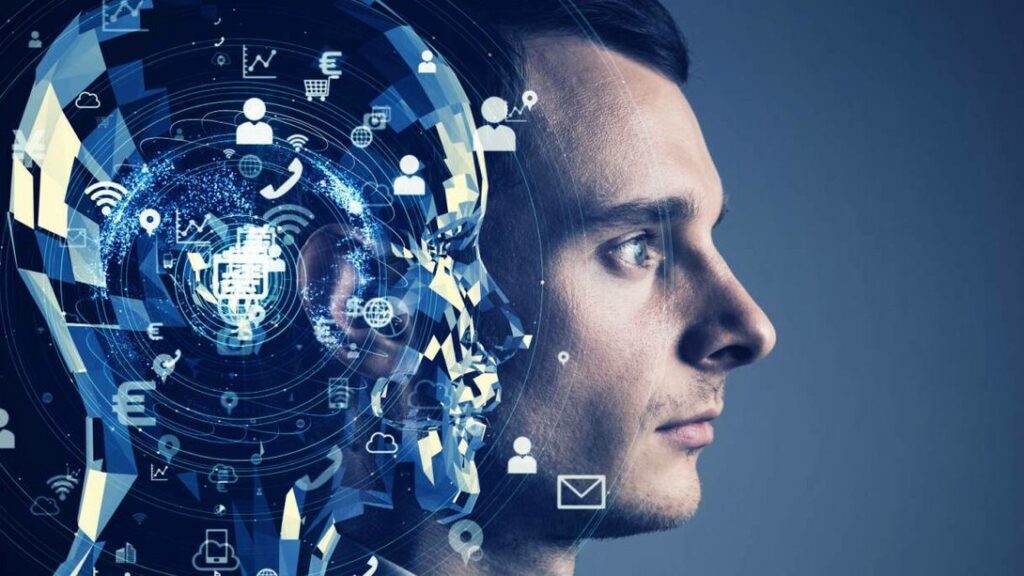This article provides a comprehensive overview of artificial intelligence (AI), explaining its definition, how it works, and its various applications. AI refers to the development of intelligent machines that can perform tasks requiring human intelligence. It relies on complex algorithms and deep learning to analyze data and make decisions. AI can be categorized into narrow AI, which performs specific tasks, and general AI, which aims to replicate human-like intelligence. AI applications span sectors such as healthcare, transportation, finance, education, manufacturing, and customer service. Understanding AI and its applications is crucial for harnessing its potential in improving productivity and decision-making.
Demystifying Artificial Intelligence: How It Works and Its Applications
Introduction
Artificial Intelligence (AI) has become a buzzword in recent years, captivating the imagination of individuals and businesses alike. However, many people are still unsure about what AI truly is or how it works. This article aims to demystify AI by providing a comprehensive understanding of its workings and exploring its various applications.
Understanding Artificial Intelligence
Artificial Intelligence refers to the development of intelligent machines that have the capability to perform tasks that typically require human intelligence. These tasks include problem-solving, learning, reasoning, perception, and language understanding.
AI systems often rely on complex algorithms and deep learning, which allows machines to analyze large amounts of data, identify patterns, and make decisions based on that information.
The Two Types of AI
AI can be broadly classified into two categories: Narrow AI and General AI.
Narrow AI:
Narrow AI, also known as Weak AI, is designed to perform specific tasks within a limited domain. Examples include voice assistants like Apple’s Siri or Amazon’s Alexa, chatbots, and recommendation systems used in streaming services or online shopping platforms.
General AI:
General AI, also referred to as Strong AI or Artificial General Intelligence (AGI), is a hypothetical form of AI capable of performing any intellectual task that a human being can do. General AI aims to replicate human-like intelligence and consciousness and is the subject of ongoing research.
How Does AI Work?
At the core of AI lies the concept of machine learning, a subset of AI that focuses on training machines to perform tasks by learning from data. Machine learning can be divided into two main types: supervised learning and unsupervised learning.
Supervised Learning:
In supervised learning, machines are trained on a labeled dataset, where the desired output is known. The model learns to make predictions or decisions, guided by the provided labeled data. For example, in a spam email filter, the model is trained on a dataset of thousands of labeled emails, both spam and non-spam, to learn how to differentiate between the two.
Unsupervised Learning:
Unsupervised learning, on the other hand, involves training machines on unlabeled data. The model has to find patterns or relationships within the data without any predefined outcomes. It helps in identifying hidden structures or clustering similar data points. An example of unsupervised learning is grouping customers based on their purchasing behaviors without any prior knowledge of customer segments.
Applications of Artificial Intelligence
The applications of AI are diverse and continuously expanding in various sectors:
1. Healthcare
AI is transforming the healthcare industry by improving diagnosis accuracy, analyzing medical images, drug discovery, and personalized medicine. Machine learning algorithms can quickly analyze large medical datasets and detect patterns that may be difficult for humans to identify.
2. Transportation
In the transportation sector, AI plays a crucial role in autonomous vehicles by enabling object recognition, route optimization, and predictive maintenance. Self-driving cars use AI algorithms to perceive the environment and make decisions accordingly, enhancing safety and efficiency.
3. Finance
In finance, AI facilitates fraud detection, risk assessment, algorithmic trading, and customer service automation. Machine learning algorithms can analyze vast amounts of financial data in real-time, identifying anomalies and potential risks more effectively than traditional methods.
4. Education
AI technologies are being integrated into education systems to personalize learning experiences. Adaptive learning platforms use AI algorithms to assess students’ strengths, weaknesses, and learning styles, enabling customized learning paths and improving educational outcomes.
5. Manufacturing
AI-powered robotics and automation have revolutionized the manufacturing industry. Intelligent machines can perform repetitive tasks with precision and speed, increasing productivity and reducing errors. AI systems also enable predictive maintenance, minimizing downtime and optimizing resource allocation.
6. Customer Service
AI-driven chatbots and virtual assistants are transforming customer service. Natural Language Processing (NLP) algorithms allow virtual agents to understand and respond to customer queries, offering quick and accurate support round the clock.
Conclusion
Artificial Intelligence has emerged as a powerful technology, driving innovation across various sectors. By understanding the fundamentals of AI and its applications, individuals and businesses can harness its potential to enhance productivity, improve decision-making, and provide better customer experiences. As AI continues to evolve, keeping pace with its latest developments and exploring its ethical implications will be crucial for a sustainable and responsible integration of this transformative technology into our lives.
